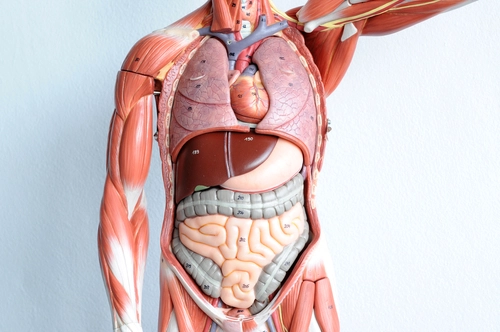Miscoding ROS Level Could Cost You $91

Differentiate extended and complete systems review to judge if 99204 wins out over 99203.
If you fail to correctly assess the review of systems (ROS) your physician documents in the chart, you could be costing the practice valuable earned E/M time. And because new patient encounters above 99202 require you to document ROS, the lack of one could slash your pay significantly if you fail to include it in your charts.
Check out these FAQs to identify which level ROS the encounter fits before choosing a level of history and, subsequently, an E/M code.
What Is ROS?
ROS is part of the history component of an E/M service. Specifically, it includes a review of body areas/systems that directly pertain to the patient’s current status and well-being. It is done by physicians to help assist in defining/diagnosing the patient’s complaints.
The ROS may be listed as separate elements of history, or may be included in the description of the history of the present illness (HPI). Ancillary staff or the patient (via a form) may complete the ROS, but the physician must make a notation in the chart supplementing or confirming the information recorded by others, states the 1995 Documentation Guidelines for Evaluation and Management Services (www.cms.gov/MLNProducts/Downloads/1995dg.pdf).
According to CPT®, a system review includes the following 14 elements:
Level 1: Single ROS
For any one E/M service, the physician typically reviews at least one system.
When the physician reviews a single system, it is a problem-pertinent ROS. This ROS level can support up to a level-two new patient E/M (99202, Office or other outpatient visit for the evaluation and management of a new patient, which requires these three key components: an expanded problem-focused history; an expanded problem-focused examination; and straightforward medical decision making…, which pays about $75 or a level-three established patient service (99213, ... an expanded problem-focused history; an expanded problem-focused examination; medical decision-making of low complexity…; $73).
Example: A patient presents with a chief complaint of “head cold and runny nose.” The physician examines the patient’s allergic/immunologic status and determines the cause is seasonal allergies, which qualifies as a single-system review.
Level 2: Extended ROS
Extended ROS, meaning the physician reviewed two to nine systems, can support up to a level-three new patient service (99203, ... a detailed history; a detailed examination; and medical decision-making of low complexity…, which pays $108) or level-four established patient service (99214, ... a detailed history; a detailed examination; medical decision-making of moderate complexity…; $107).
Example: A chief complaint of “cold and cough” leads to a review of the patient’s constitutional, allergic/immunologic, and respiratory systems.
Important: An extended ROS does not necessarily qualify an encounter for 99203 or 99214; although it does make reporting these codes possible. For instance, if the physician saw a new patient and documented an extended ROS, but did not also have an extended history of present illness (HPI, four or more elements or the status of three chronic conditions), you would only be able to bill a 99202.
Level 3: Complete ROS
For a complete ROS, most insurers accept a review of 10 or more systems.
With a complete ROS, reporting a 99204 (... a comprehensive history; a comprehensive examination; medical decision making of moderate complexity…; pays about $166), 99205 (... a comprehensive history; a comprehensive examination; medical decision making of high complexity…; $207), or 99215 (... a comprehensive history; a comprehensive examination; medical decision making of high complexity…; $144) is possible -- depending on other encounter specifics, of course.
Example: The physician sees a 67-year old patient with multiple chronic conditions, such as COPD and Parkinson’s. In this scenario, the physician may inquire about 10 or more of the systems, such as constitutional, eyes, cardiovascular, respiratory, integumentary, neurological, psychiatric, hematologic/lymphatic, gastrointestinal, and endocrine.
Documentation: The documentation that is considered proof of having performed the complete ROS varies by payer. Some will allow a specific list of pertinent positive and negative systems plus an “all other systems negative” statement (See our sidebar on page XX for more on this). Other payers want the systems individually named and listed. Some may require a review of fourteen systems, while others will accept a complete ROS after the physician reviews 10 systems. The bottom line is check with the individual payer for guidelines before coding.
Keep in mind that medical necessity drives the ROS services, and performing a complete ROS for a simple complaint to justify a higher E/M code is not appropriate. In addition, history is only one of the three key elements. Documentation of your exam and medical decision making would also have to support the chosen level of service. However, because new patient encounters require you to meet or exceed all three elements, the lack of sufficient ROS could hold you back and force you to report 99202, even if you have an exam and MDM that meet the elements for 99204. This type of mistake could cost you $91.00, which underscores why the ROS is so essential.

